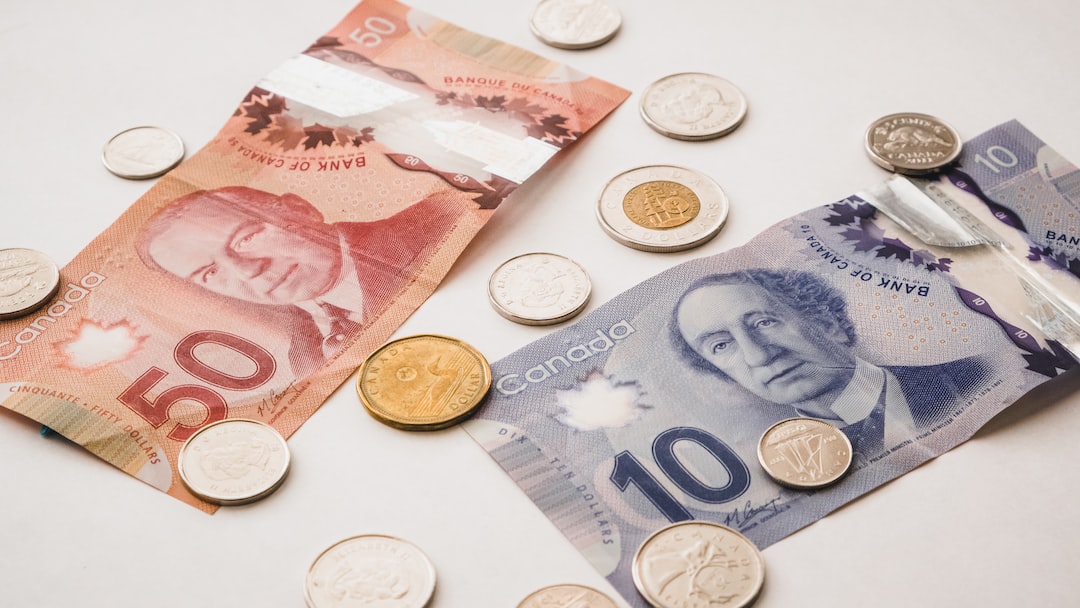The foreign exchange market, commonly referred to as the forex market, is a global decentralized market where currencies are traded. The forex market is the largest financial market in the world, with a daily turnover of over $5 trillion. Trading in the forex market involves buying one currency and selling another, with the aim of making a profit from the exchange rate fluctuations.
When trading in the forex market, it is essential to understand the concepts of lower bound and upper bound. These terms refer to the range at which a currency pair is expected to trade. A currency pair is the exchange rate between two currencies, for example, USD/EUR.
Lower Bound in Forex
The lower bound in forex refers to the minimum price at which a currency pair is expected to trade. It is the lowest price level that a currency pair is expected to reach. The lower bound is usually determined by analyzing the previous price movements of the currency pair and identifying the support level. The support level is the price level at which the demand for the currency pair is expected to be strong enough to prevent the price from falling further.
Traders use the lower bound as a reference point for setting stop-loss orders. A stop-loss order is a trading strategy that is designed to limit the trader’s losses if the market moves against their position. The stop-loss order is placed at a price level below the lower bound, ensuring that the trader exits the trade before the price falls too low.
Traders also use the lower bound to identify potential buying opportunities. When the price of a currency pair reaches the lower bound, it is considered to be oversold. This means that the demand for the currency pair is expected to increase, causing the price to rise. Traders may enter a long position at the lower bound, with the expectation that the price will move higher.
Upper Bound in Forex
The upper bound in forex refers to the maximum price at which a currency pair is expected to trade. It is the highest price level that a currency pair is expected to reach. The upper bound is usually determined by analyzing the previous price movements of the currency pair and identifying the resistance level. The resistance level is the price level at which the supply for the currency pair is expected to be strong enough to prevent the price from rising further.
Traders use the upper bound as a reference point for setting take-profit orders. A take-profit order is a trading strategy that is designed to lock in the trader’s profits if the market moves in their favor. The take-profit order is placed at a price level above the upper bound, ensuring that the trader exits the trade before the price falls too low.
Traders also use the upper bound to identify potential selling opportunities. When the price of a currency pair reaches the upper bound, it is considered to be overbought. This means that the supply for the currency pair is expected to increase, causing the price to fall. Traders may enter a short position at the upper bound, with the expectation that the price will move lower.
Conclusion
In conclusion, the lower bound and upper bound are essential concepts in forex trading. The lower bound refers to the minimum price level at which a currency pair is expected to trade, while the upper bound refers to the maximum price level at which a currency pair is expected to trade. Traders use these levels to set stop-loss and take-profit orders, as well as to identify potential buying and selling opportunities. Understanding the lower bound and upper bound can help traders make informed decisions and improve their overall trading performance.





